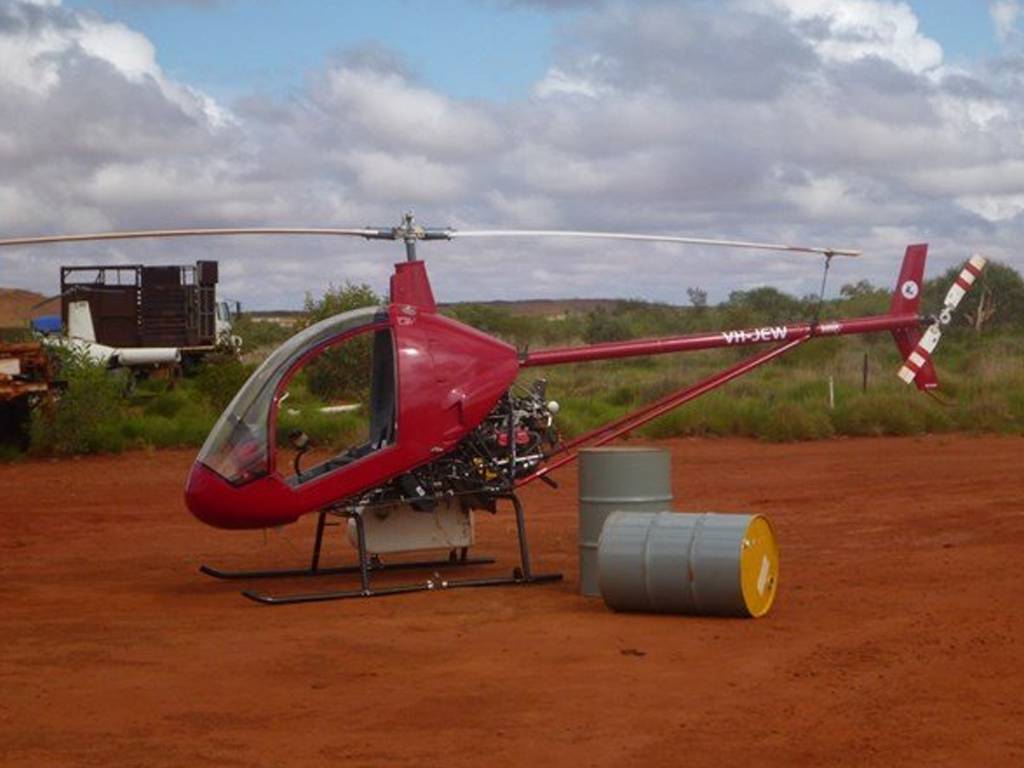
The fatal in-flight break-up of a Cicaré CH-7 helicopter highlights the importance of operating amateur-built helicopters within their design intent to avoid unintended stresses, and ensuring that any modifications are assessed for the effects on structural integrity and handling.
Advertisement
On July 28, 2015, the pilot/owner of an amateur-built (kit-assembled) Cicaré CH-7BT helicopter, registration VH-JEW, departed Indee Station in Western Australia for Roy Hill Station for planned aerial mustering work the next day. When about 8.5 nautical miles northwest of Roy Hill Station, the helicopter’s stabilizer assembly fractured and separated from the tail boom, leading to the separation of the mast and main rotor. The helicopter then collided with terrain, fatally injuring the pilot.
During the subsequent Australia Transport Safety Bureau (ATSB) investigation, examination of the recovered components found that the stabilizer mount had fractured due to overstress following the propagation of a fatigue crack in the area adjacent the weld. The crack had likely to have been present for some time prior to the final fracture.
While the ATSB was unable to fully determine the reasons for the initiation and propagation of the fatigue crack, it was likely the result of some combination of the design, operating conditions, and untested accessories. The helicopter had been fitted with an external storage pod, likely without the appropriate engineering assessment to ensure that the pod would not have an adverse effect on the helicopter’s performance, handling and structure.
The ATSB also found that, although the CH-7B was intended for recreational use only, this and other CH-7B helicopters had been used for aerial mustering. Operating outside the manufacturer’s design intent had the potential to induce stresses on the aircraft, leading to premature wear of components and possible failure.
“Aerial mustering can involve extremely frequent maneuvering and rapid power changes that can apply very high loads on a helicopter that may be quite different to the type of flying for which it was designed,” ATSB director of transport safety Dr. Stuart Godley said.
Advertisement
“The ATSB is advising the Australian agricultural mustering community that the manufacturer, Cicaré S.A., has stated these helicopters are not intended or recommended for aerial work, particularly mustering operations. The ATSB is also advising owners and operators of amateur-built helicopters that, operating within their stated design intent and limitations is essential for safe flight. This also includes the addition of unapproved modifications or external accessories,” he added.
Godley noted that mustering operations and the addition of unapproved modifications, outside the limitations prescribed by the manufacturer, can potentially produce unintended stresses on the airframe leading to the premature failure of components.
“A Safety Advisory Notice is currently being distributed to Cicaré helicopter owners highlighting the risks associated with operating amateur-built helicopters outside of their design intent.”



